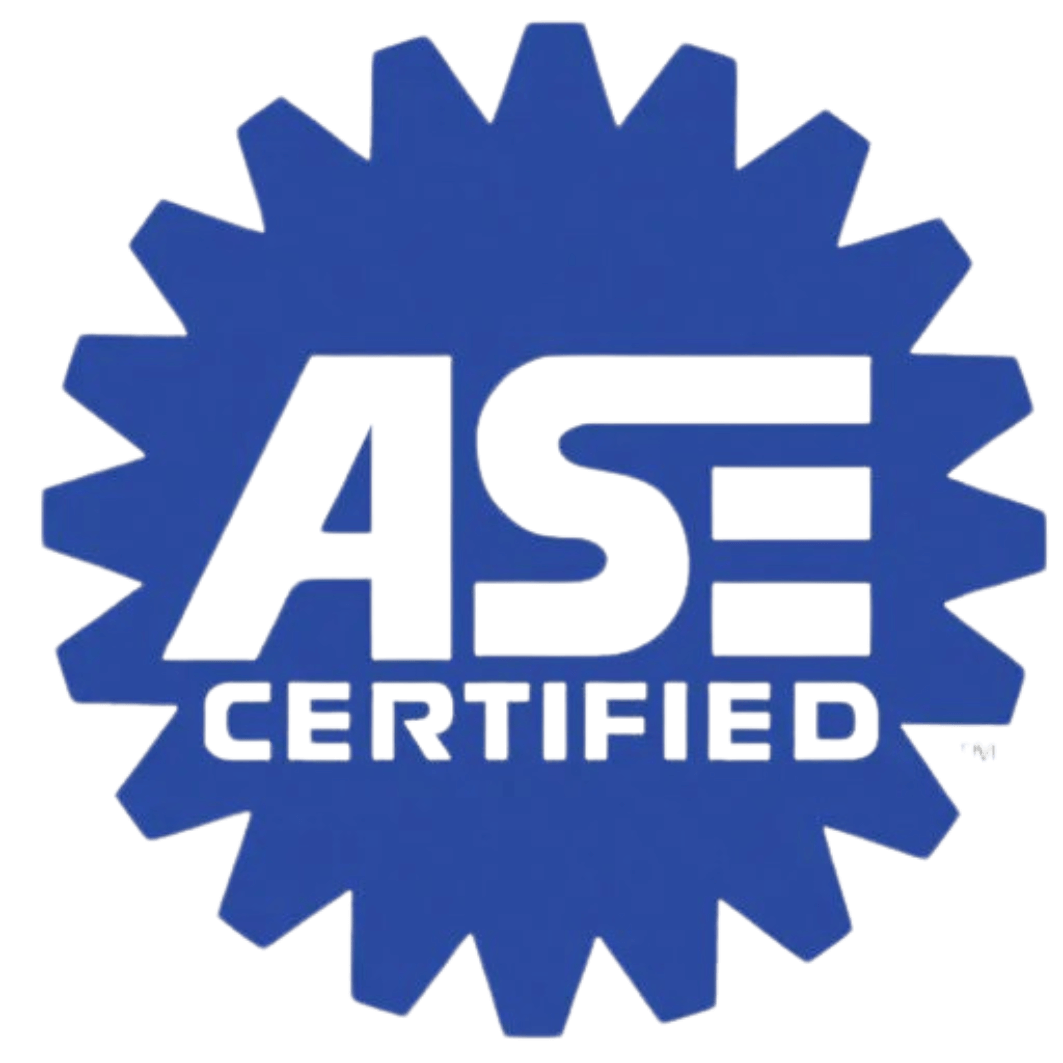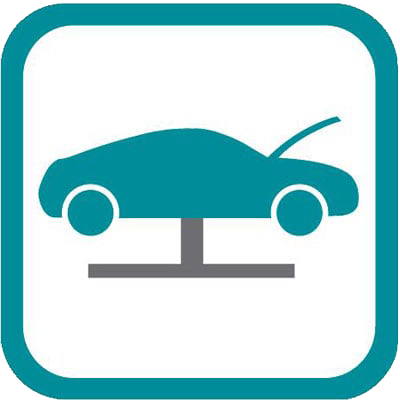Are Your Tires Ready For Winter?
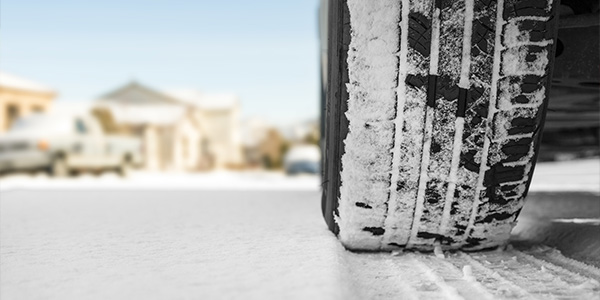
With the winter season upon us, it is inevitable we will soon be dealing with colder temperatures, snow, and ice. Properly maintained tires are vital…
Get Summer Road Ready

Are you ready for the Summer? Let the ASE Certified Techs at Car-X Tire & Auto make sure your vehicle is safe & road ready! Get vacation ready w/ the following tips: Battery– Have your battery checked along with the charging system. Most people feel that the cold is tough on a vehicle’s battery, but it is […]
How to Maximize Fuel Economy
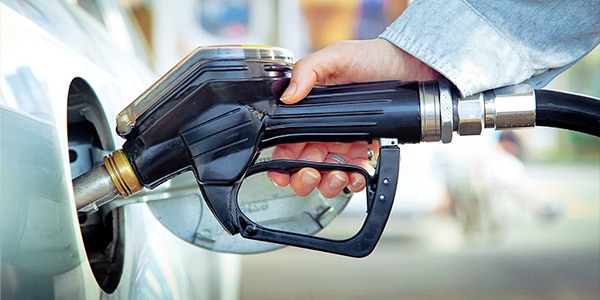
Improving fuel economy is a matter of changing your driving habits. The benefits range from environmental to personal and financial. Here are some easy and effective tips…
Avoid Getting Stranded!
What to do if… …Your car won’t start There are several possible reasons your car may not start, such as corroded cables or a light left on. • If your car makes a clicking noise when you turn your key in the ignition – This type of sound usually indicates a dead battery. Have the […]
Find an Automotive Brake Specialist in Your Area
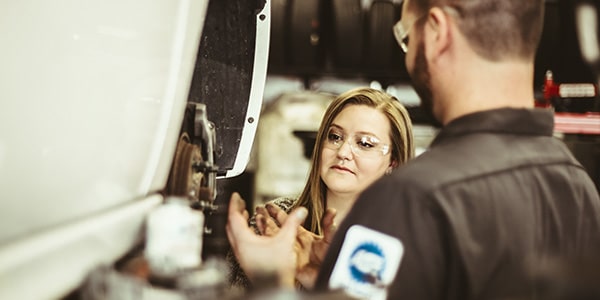
Most brake specialists recommend biannual brake inspections. Why so often? Because brakes experience a lot of wear. No one ever said stopping a moving vehicle…
“Rattle Rattle Thunder Clatter” – Sounds Your Car Is Making and What to Do About Them
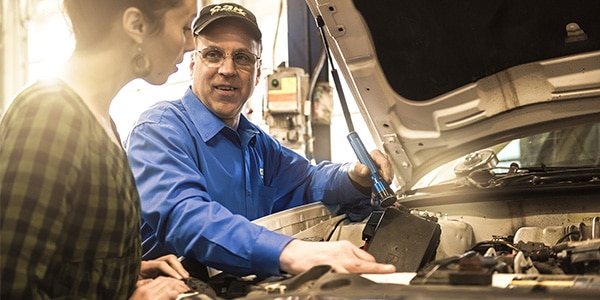
Most of us have experienced a curious sound coming from our vehicle. It is always a little nerve-racking, as some sounds can be indicators…
Extend the Life of your Used Vehicle
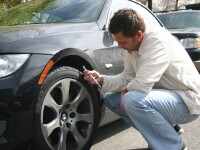
As the prices rise for a new car, more people are opting to buy used rather than new. If you are among the population that currently drives a used car, you know how important maintaining you car can be. The below tips will help make your used car last longer. • Drive carefully – This […]
Car Engine Maintenance Tips

[vc_row][vc_column][vc_column_text] After you have spent a tidy sum on a car purchase, it makes sense to protect that investment by maintaining your car through regular check ups as prescribed by the manufacturer. If you become aware of any knocking, grinding or other noises emanating from your car, or if your car does not seem to […]
How to Change a Tire
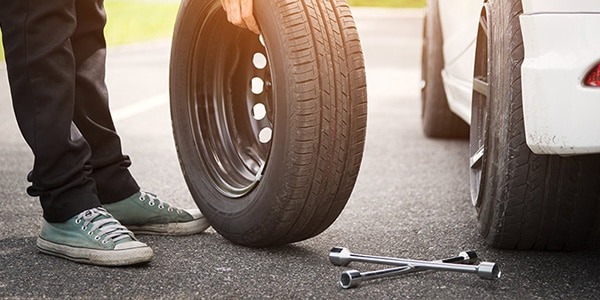
It is likely at some point in your life you will get a flat tire. Do you know what to do without having to…
Why Are Oil Changes Important?
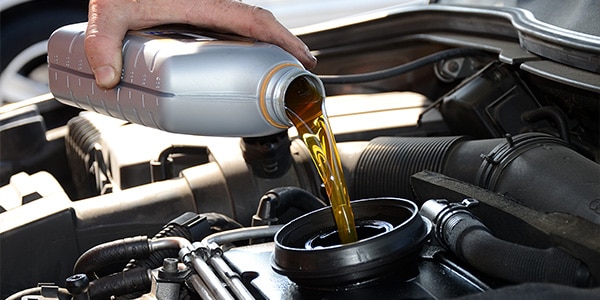
Even the most inexperienced driver knows that engines have a lot of moving parts. If not properly lubricated, these moving parts begin to wear down as friction increases. A driver that does not have his oil changed on a regular basis may damage vital engine parts. In fact, the number one reason for engine failure […]

